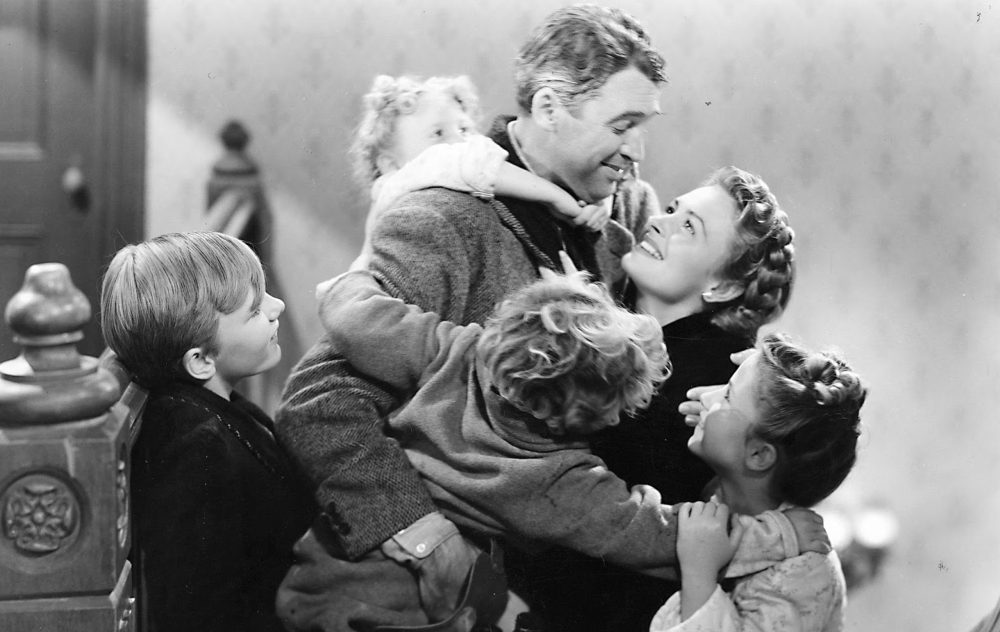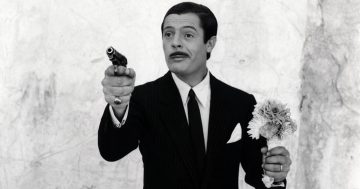The Capra Touch
Film Art
We could make this publication thanks to small donations. How is 3 minutos de arte supported?
The Capra Touch
When the sound arrived at the cinema, and with the sound came the word, an important genre called screwball comedy was born: the crazy comedy, with its unexpected twists and turns.
Frank Capra is considered the founder of screwball comedy, as he directed the first representative film of the genre, It Happened One Night (1934), which was a huge success and even won an Oscar. But the most wonderful thing about Capra is not his talent for comedy but his worldview, which he transmits in most of his other films.
Through his work, the director shows a world where — despite its complexity— goodness, innocence, love for others, kindness, equity, and optimism always triumph.
A very clear image of Capra’s gaze is in Lost Horizon (1937), where the priest who has founded an earthly paradise called Shangri-La, lost in the middle of the Himalayas, utopia of a fraternal world, says at one point in the film: “A time must come, my friend, when this orgy will spend itself. When brutality and the lust for power must perish by its own sword. (…) For when that day comes, the world must begin to look for a new life. And it is our hope that they may find it here. For here, we shall be with their books and their music, and a way of life based on one simple rule: Be Kind!”
In Capra’s world, kindness is the key.
And that is the so-called “Capra touch.” The director moves us with innocent, candid characters who believe in goodness and love for others. Characters who at times face a hostile and merciless world and end up triumphing when all the humble, the weak, and the crowds that join their noble and altruistic cause.
The director moves us because he rescues the humanity of the human being, which is what makes the human being truly valuable.
If there is something else we have to take into account, it is that all this optimism, this love for others, and this altruism of the characters takes place in the midst of the Great Depression (created by the financial crash of 1929, which caused a terrible economic crisis). And people needed optimism; they needed to believe in something. The afflicted and battered people needed to uphold noble values and boost morale.
Capra said, “My desire was to make a song to the workers, to the simple and ordinary men and women, to those who were born poor, to the afflicted.” Capra’s hero is not a superhero or an individual. The protagonist of Capra’s films does not usually succeed alone; they need a collective hero to do so: a group of simple and vulnerable people who become powerful precisely when they get together and put forward their nobility, their honesty, their charitable soul, and, of course, their kindness.
Image: James Stewart and Donna Reed in It’s a wonderful life (Frank Capra, 1946)
Representative films with the “Capra touch”:
American Madness (1932)
Lady for a Day (1933)
Mr. Deeds Goes to Town (1936)
Lost Horizon (1937)
You Can’t Take It With You (1938)
Mr. Smith Goes to Washington (1939)
Meet John Doe (1941)
It’s a Wonderful Life (1946)
Recommended links:
The Golden Age of Hollywood (Classic Hollywood Cinema).
The Best American Movies in History according to the American Film Institute.
You can also find more material using the search engine.




0 Comments